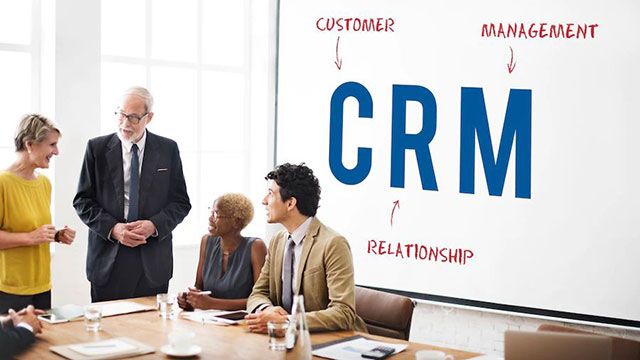Accueil > Migration
Migration
Accueil > Migration
Migration
The term “conversion factory” is the latest buzzword in migrations. However, they are extremely beneficial as they offer a technical migration without significant process changes, making it possible to go from an old version to a fresh one in a short time, with a minimum of functional variations. Once the conversion is complete, the processes are then continuously reviewed with the business, according to an agreed set of priorities.
Deploying a conversion factory is the best approach when the technology leap is important: moving from an old version to a very current one or moving from an on-premises environment to a cloud-based solution, such as RISE with SAP.
One of the main reasons for this is that you can industrialize all stages of the migration, with constant scope, sometimes simply by modifying certain key processes. This method also allows you to capitalize on previous investments, by adjusting your ERP parameters and converting existing ones. In addition, change management can be adjusted by not deploying all the new ERP solution functionalities.
AdHoc Consult’s conversion factory approach offers an automated conversion tool capable of performing certain tasks automatically (including finance, fixed asset management, business partners, etc.), as well as conversion of 93% to 95% of specific applications. The conversion of these specific applications is carried out using a very efficient self-learning artificial intelligence engine.
POST-MIGRATION SUPPORT
A successful conversion requires the alignment of the right people, methods and tools. However, there are two aspects to consider post-conversion and throughout the ERP lifecycle: continuous improvement and testing.
AdHoc Consult uses solutions to analyze the processes used at all times and compare them to industry best practices. These tools will realign processes with these best practices. We recommend that customers perform this analysis regularly, as part of a strategy to continuously improve their processes, and to ensure that their processes remain in optimal condition.
Whether it’s a redesign of existing processes or an upgrade, testing – functional and not regressive – is essential. Other tools are also used to industrialize what customers still too often do by hand. This solution dramatically speeds up the testing phase during a conversion or version upgrade and frees up time to focus on training end users.
Contact
Contact us








